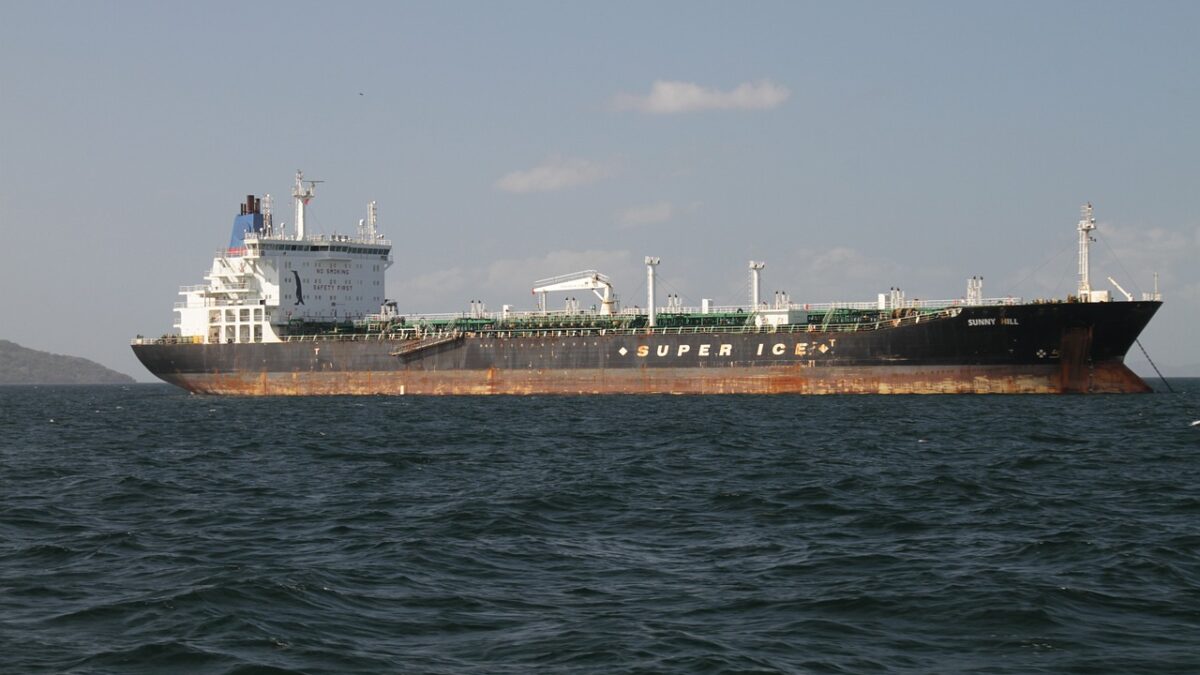
The UK’s Mortgage Timebomb: The Good, The Bad and The Very Ugly
August 9, 2023
Working Effectively: Revision Tips for Law Students
August 10, 2023
Article written by Dyvia T
The Panama Canal, a testament to human ingenuity and engineering, has long been the linchpin of global trade, enabling the coherent movement of goods between the Pacific and Atlantic Oceans. However, recent developments around the Panama Canal’s water levels and their impact on supply chains have sparked concerns that extend beyond economics and the Canal’s revenue falling by $200 million. As the world grapples with the legal ramifications of these challenges, a host of legal issues emerge, ranging from contractual disputes to environmental considerations.
Contractual Obligations and Disputes
One of the immediate legal implications of the Panama Canal’s supply chain challenge lies in the realm of contractual obligations. Shipping companies, cargo owners, and other stakeholders are bound by intricate agreements that define their rights and responsibilities in the event of disruptions. The severe drought-induced weight limits and surcharges imposed on vessels navigating the canal may trigger contractual disputes. Agreements may need to be revisited to address unforeseen circumstances that impact the cost, timing, and feasibility of shipping operations.
Shipping contracts often contain provisions related to force majeure events—unforeseeable circumstances that prevent a party from fulfilling its contractual obligations. The question arises: Does the current situation qualify as a force majeure event? Legal experts will scrutinise contractual language to determine whether drought-related disruptions fall under force majeure clauses, potentially allowing parties to seek relief from performance obligations or compensation for losses incurred.
Environmental and Regulatory Compliance
The Panama Canal’s water level crisis also raises environmental and regulatory concerns. The drought’s adverse effects on the canal’s operations may trigger regulatory investigations and potential violations related to environmental protection. Environmental agencies and governing bodies could scrutinise the impact of reduced water levels on ecosystems, water quality, and aquatic life. Additionally, potential violations of established water usage agreements and international environmental standards may come under legal review.
The Panama Canal Authority’s response to the crisis, including its efforts to manage water resources, may face legal challenges from environmental advocacy groups or concerned citizens. Questions regarding compliance with environmental regulations, water management protocols, and the duty to protect the canal’s ecological balance could lead to legal proceedings that aim to ensure accountability and adherence to environmental laws.
Commercial Litigation and Insurance Claim
Supply chain disruptions caused by the Panama Canal’s water level challenges can lead to commercial litigation and insurance claims. Businesses that rely on timely and cost-efficient transportation through the canal may suffer financial losses due to delays, increased shipping costs, or cargo damage. Disputes over liability for these losses may arise between shipping companies, cargo owners, insurers, and the Panama Canal Authority.
Insurance claims may emerge as a complex legal battleground. Parties will need to navigate policy terms, coverage limitations, and exclusions to determine the extent to which losses related to canal disruptions are covered. This could involve negotiations with insurers, and in some cases, disputes may escalate to legal proceedings if parties disagree on the interpretation of policy language or the applicability of coverage.
Conclusion
As the Panama Canal’s water level challenge continues to impact global supply chains, its legal implications reverberate across various domains. Contractual disputes, environmental concerns, and commercial litigation are just a few of the legal issues that emerge in response to this complex situation. Stakeholders in the shipping industry, legal experts, and regulatory bodies must collaborate to navigate these legal waters, seeking solutions that ensure accountability, uphold contractual obligations, and balance the economic and environmental interests at stake. The Panama Canal’s role as a critical conduit for international trade underscores the urgency of addressing these legal challenges to maintain the flow of commerce and protect the interests of all parties involved.





